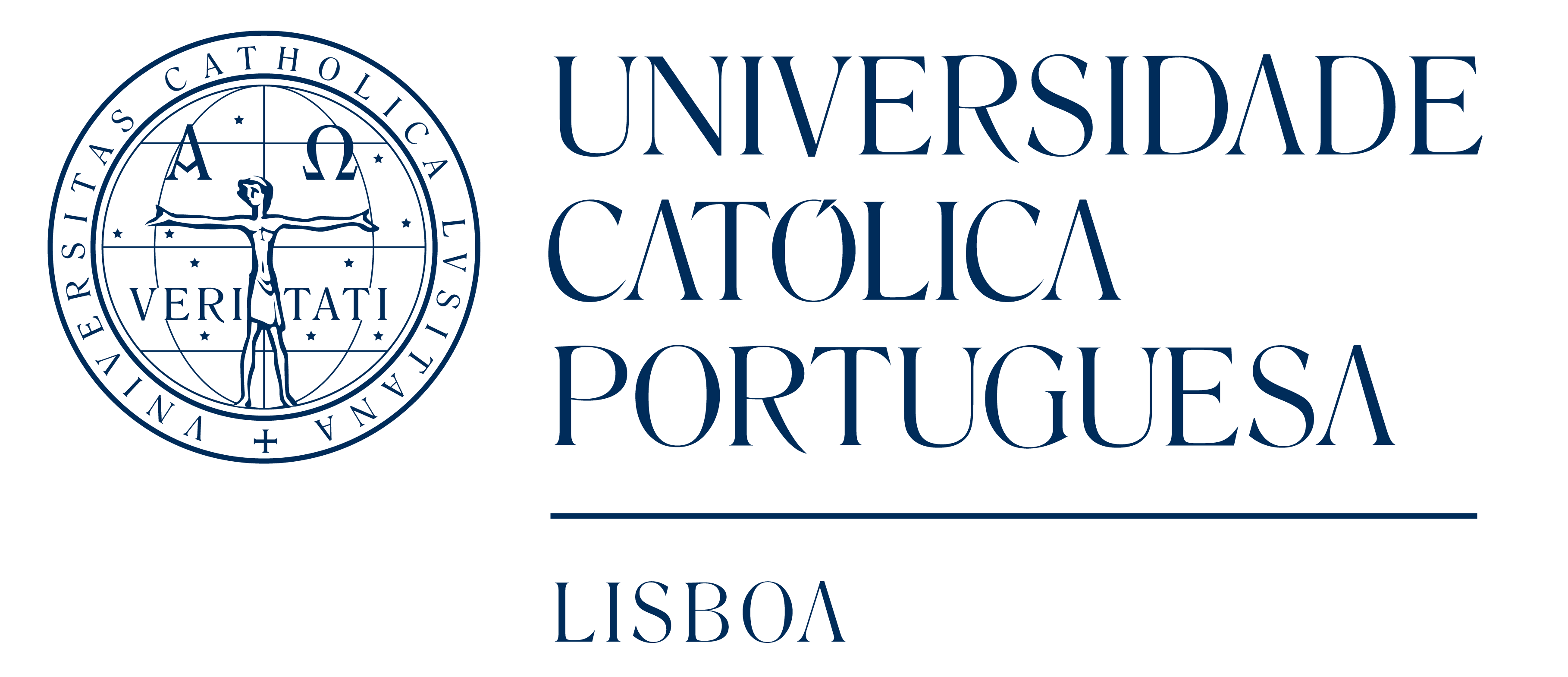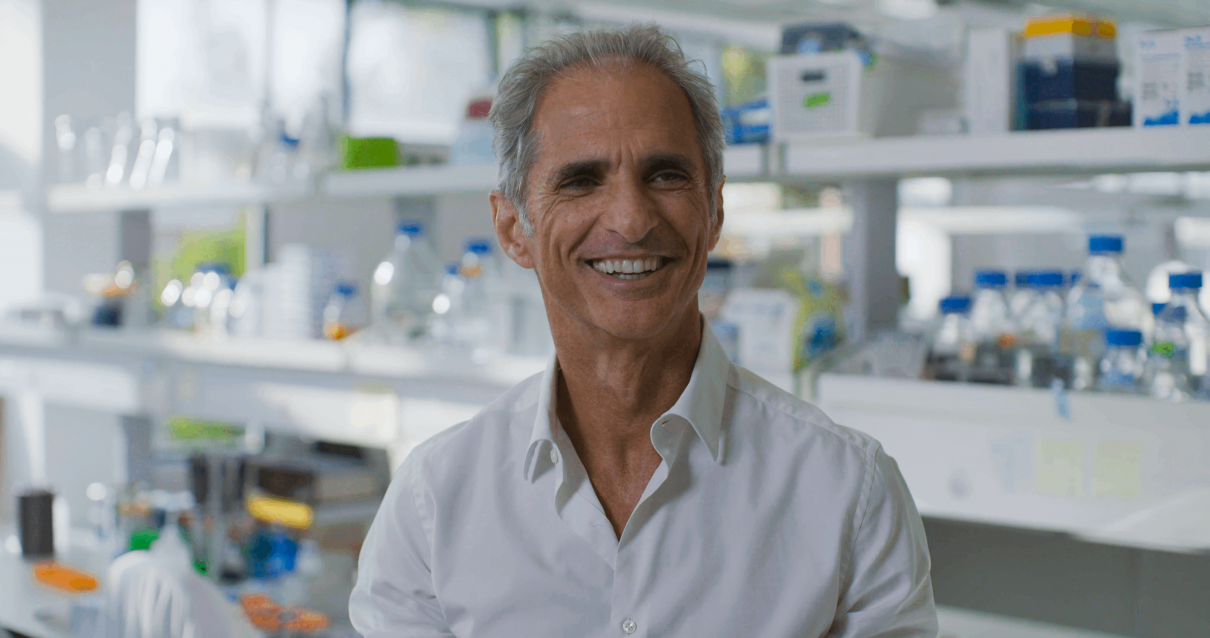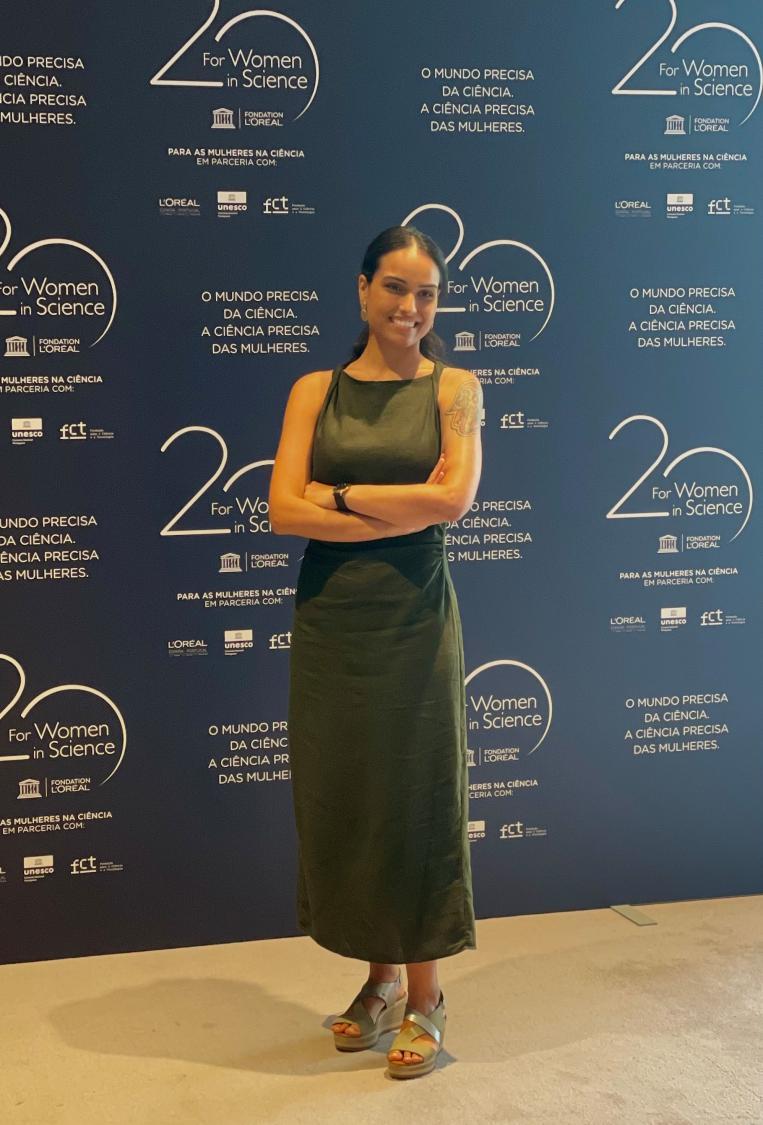Prémios L'Oréal: Da Ciência. Jovem. E no feminino
Da Parkinson aos epitélios, passando pela apneia do sono e doenças parasitárias. São quatro projetos de investigação, escritos no feminino. Por jovens cientistas portuguesas que são nesta quarta-feira distinguidas com as Medalhas de Honra L’Oréal Portugal para as Mulheres na Ciência. Cláudia Deus, do Instituto Multidisciplinar de Envelhecimento da Universidade de Coimbra; Laetitia Gaspar, do Centro de Neurociências e Biologia Celular da Universidade de Coimbra; Mariana Osswald, do i3S da Universidade do Porto; e Sara Silva Pereira, do Centro de Investigação Biomédica da Universidade Católica Portuguesa foram as escolhidas entre dezenas de candidatas por um júri presidido por Alexandre Quintanilha. Cada uma receberá 15 mil euros.
(...)
Parasitas e as suas interações
Na liderança do laboratório “Interações Parasita-Vasculatura”, no Centro de Investigação Biomédica da Católica, Sara Silva Pereira quer perceber de que forma os “parasitas interagem com os tecidos e causam danos à saúde no contexto de inúmeras doenças parasitárias, incluindo aquelas que chegam aos seres humanos”. Com foco no “’trypanosoma congolense’, um parasita tropical que infeta o gado bovino”. Alargando a investigação a outras doenças causadas por parasitas da mesma família, como a leishmaniose. Num trabalho contínuo, num laboratório para onde já teve de levar a filha de três anos: “ As células não sabem as horas”. Desafios na vida de uma cientista, mãe, mulher. Com o relógio, na academia, “sempre a contar, porque é raro haver a possibilidade” de se ficar “no mesmo patamar por tempo indeterminado”. Numa área cheia de “desafios, mas também de boas oportunidades”. Que se cruzam, como o financiamento, com “mais oportunidades”, mas também “cada vez mais competitivo”. O prémio que agora recebe, acredita, “abrirá portas para novas oportunidades de financiamento e colaborações”.
Artigo completo disponível no Jornal de Notícias.
Categories: Católica Biomedical Research Center



